INDIAN AMERICAN Anna Menon, a lead space operations engineer at SpaceX, is among the crew members of SpaceX's groundbreaking Polaris Dawn mission, which aims to perform the first-ever spacewalk by non-professional astronauts.
The mission, led by billionaire Jared Isaacman, launched on Tuesday (10) and is set to break new ground in space exploration by catapulting an all-civilian crew into a high-radiation region of space.
Menon, an accomplished aerospace engineer and the wife of Indian American physician and NASA astronaut candidate Anil Menon, is responsible for managing the development of crew operations at SpaceX.
A SpaceX Falcon 9 rocket with the Crew Dragon Resilience spacecraft lifts off from Launch Complex 39A at the Kennedy Space Center in Cape Canaveral, Florida on September 10, 2024. (Photo by GREGG NEWTON/AFP via Getty Images)She also serves in mission control as a mission director and crew communicator. Prior to SpaceX, she worked for seven years at NASA as a biomedical flight controller for the International Space Station. Apart from pursuing her lifelong passion for space, she enjoys hiking, flying small aeroplanes, and salsa dancing and her greatest love is her family, including husband Anil, son James, and daughter Grace.
Menon's journey to this mission is marked by her passion for space exploration and her dedication to advancing human spaceflight. She played a pivotal role in creating the crew communicator operator role at SpaceX and has been instrumental in developing operational responses to critical situations, such as vehicle emergencies involving fire or cabin depressurisation.
Polaris Dawn is the first of three missions under the Polaris programme, a collaboration between Isaacman and SpaceX aimed at pushing the boundaries of human space exploration.
The crew, which also includes Scott Poteet, a retired US Air Force lieutenant colonel, and Sarah Gillis, another SpaceX engineer, will attempt to fly higher than any manned mission since the Apollo era, reaching a peak altitude of 870 miles (1,400 kilometres) above Earth.
A key highlight of the mission will be the spacewalk, scheduled for as early as Thursday (12), during which the crew will wear newly developed SpaceX extravehicular activity (EVA) suits featuring advanced mobility systems, helmet cameras, and heads-up displays.
Since the Crew Dragon capsule lacks an airlock, all crew members will be exposed to the vacuum of space for approximately 15 minutes while two of them perform the spacewalk.
The Polaris Dawn crew has spent over two years preparing for this historic mission, undergoing intensive training that included hundreds of hours in simulators, skydiving, centrifuge training, scuba diving, and summiting an Ecuadorian volcano.
This rigorous preparation ensures they are ready to face the challenges of space, including navigating through the Van Allen radiation belt, a region filled with high-energy charged particles.
Polaris Dawn is not just about breaking records but also about advancing technology and research that will be crucial for future space endeavours, including SpaceX's long-term goal of making human life interplanetary.
According to reports, the mission will test laser-based satellite communications and conduct 36 scientific experiments, which could lead to significant advancements in space research.
(with inputs from agencies)


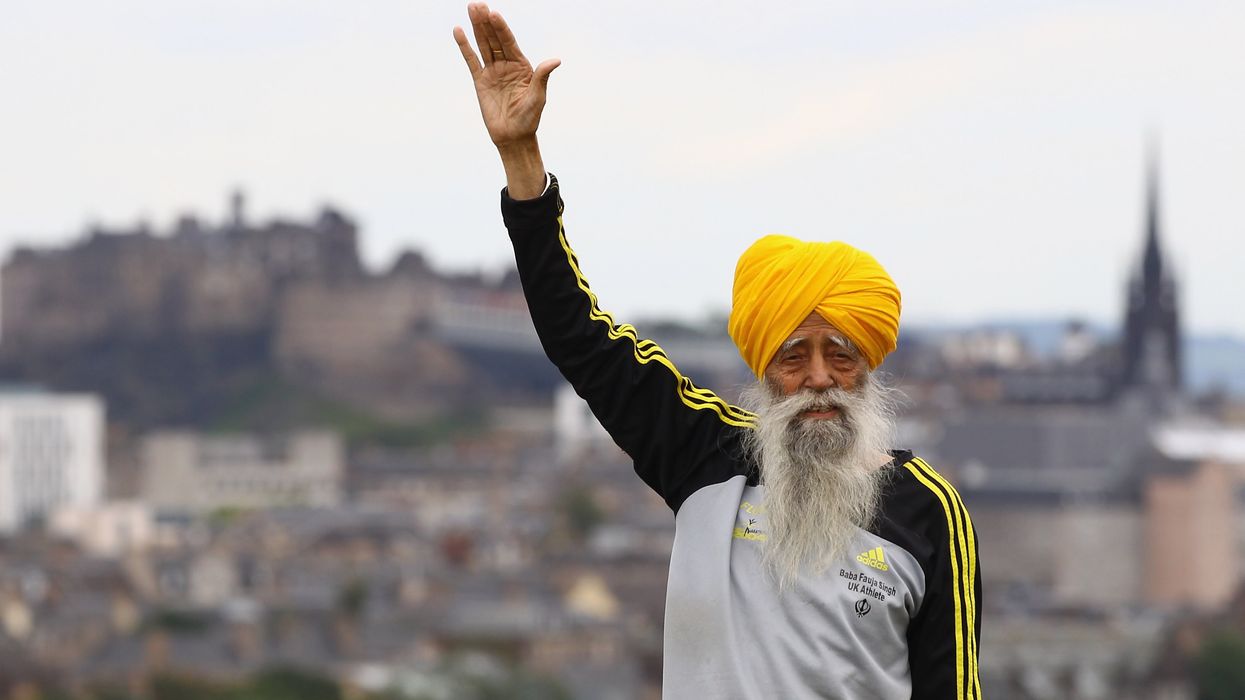




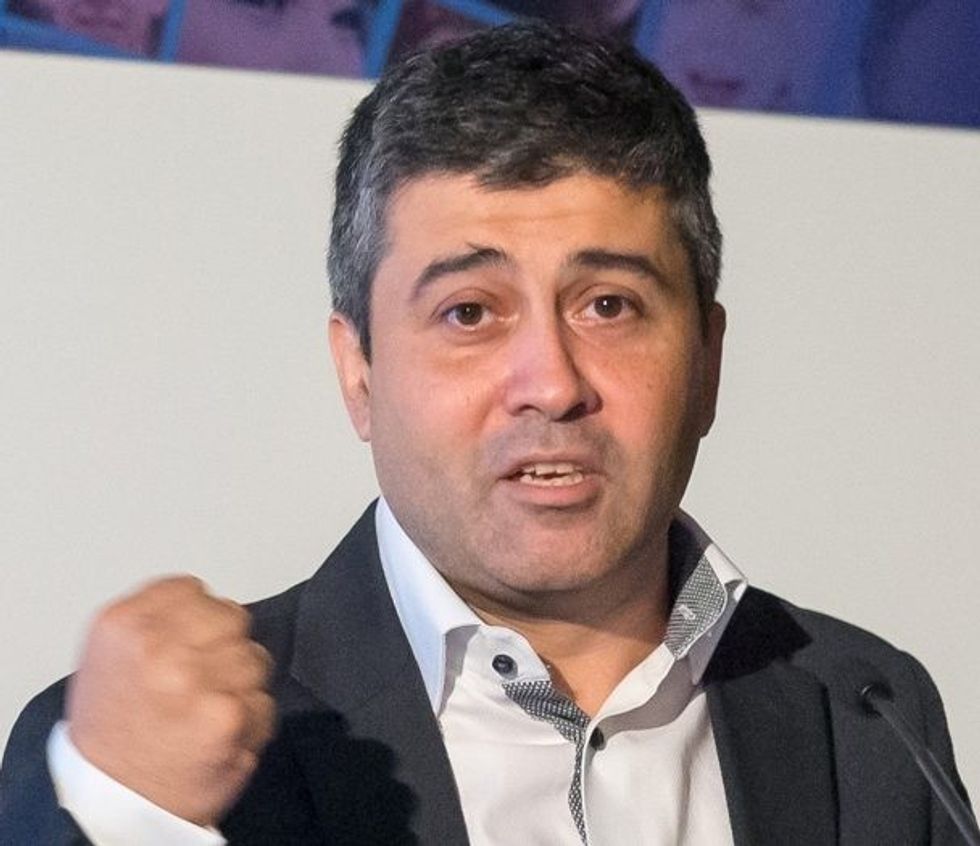



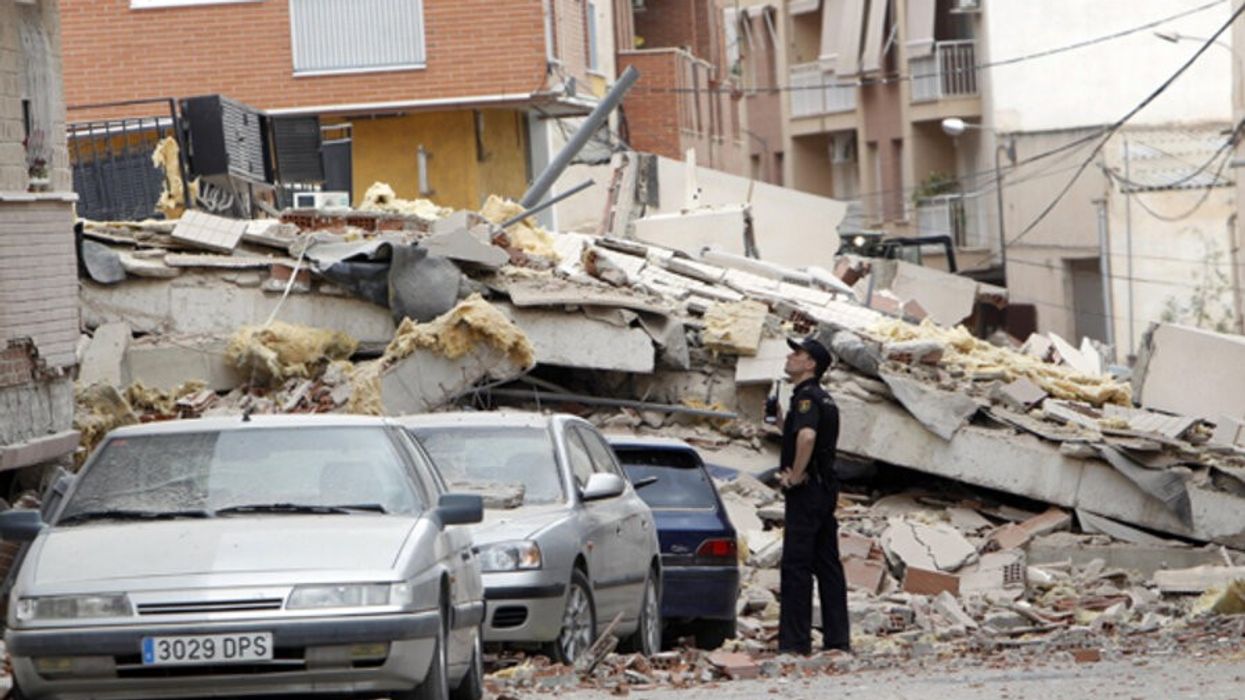






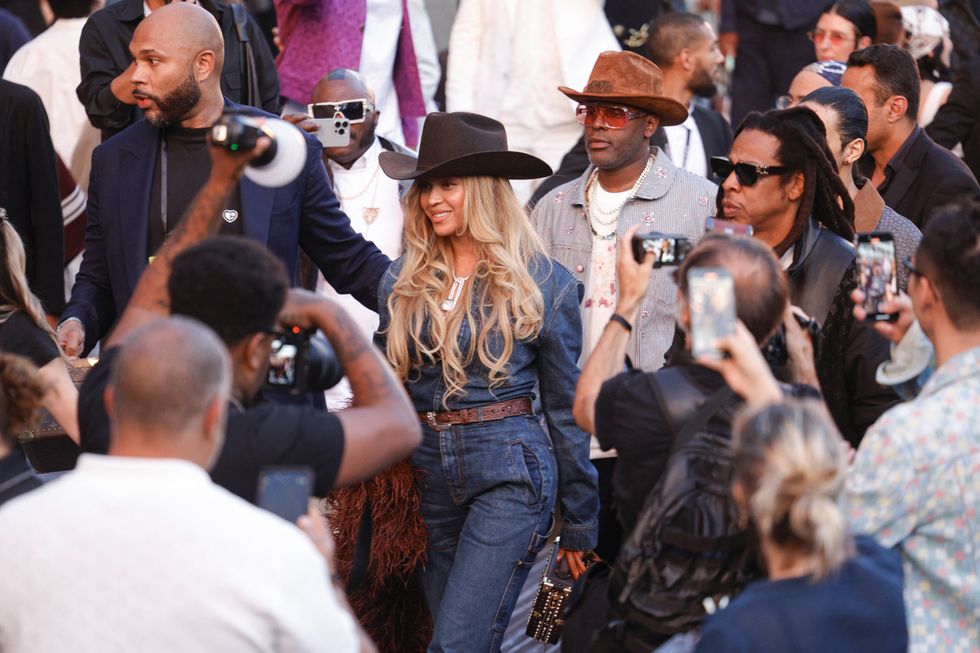 Beyonce attend the Louis Vuitton's Menswear Ready-to-wear Spring-Summer 2026 collectionGetty Images
Beyonce attend the Louis Vuitton's Menswear Ready-to-wear Spring-Summer 2026 collectionGetty Images  Beyoncé continued her Cowboy Carter tour in Atlanta despite the setbackGetty Images
Beyoncé continued her Cowboy Carter tour in Atlanta despite the setbackGetty Images  Beyoncé’s choreographer and dancer reported sensitive materials missing from their rental carGetty Images
Beyoncé’s choreographer and dancer reported sensitive materials missing from their rental carGetty Images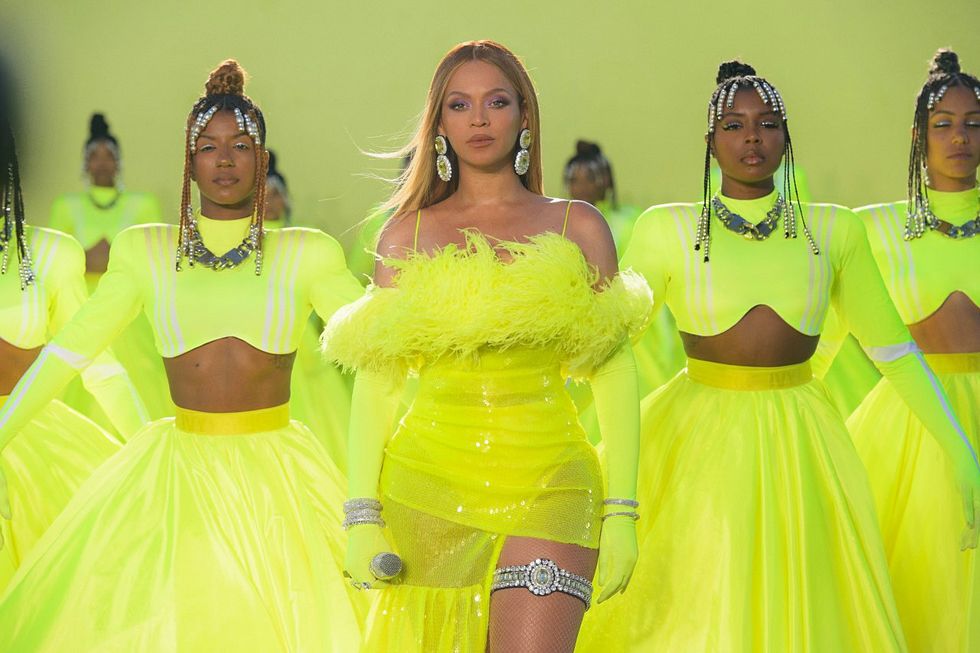 Beyoncé’s team hit by major theft in Atlanta as unreleased music goes missingGetty Images
Beyoncé’s team hit by major theft in Atlanta as unreleased music goes missingGetty Images 


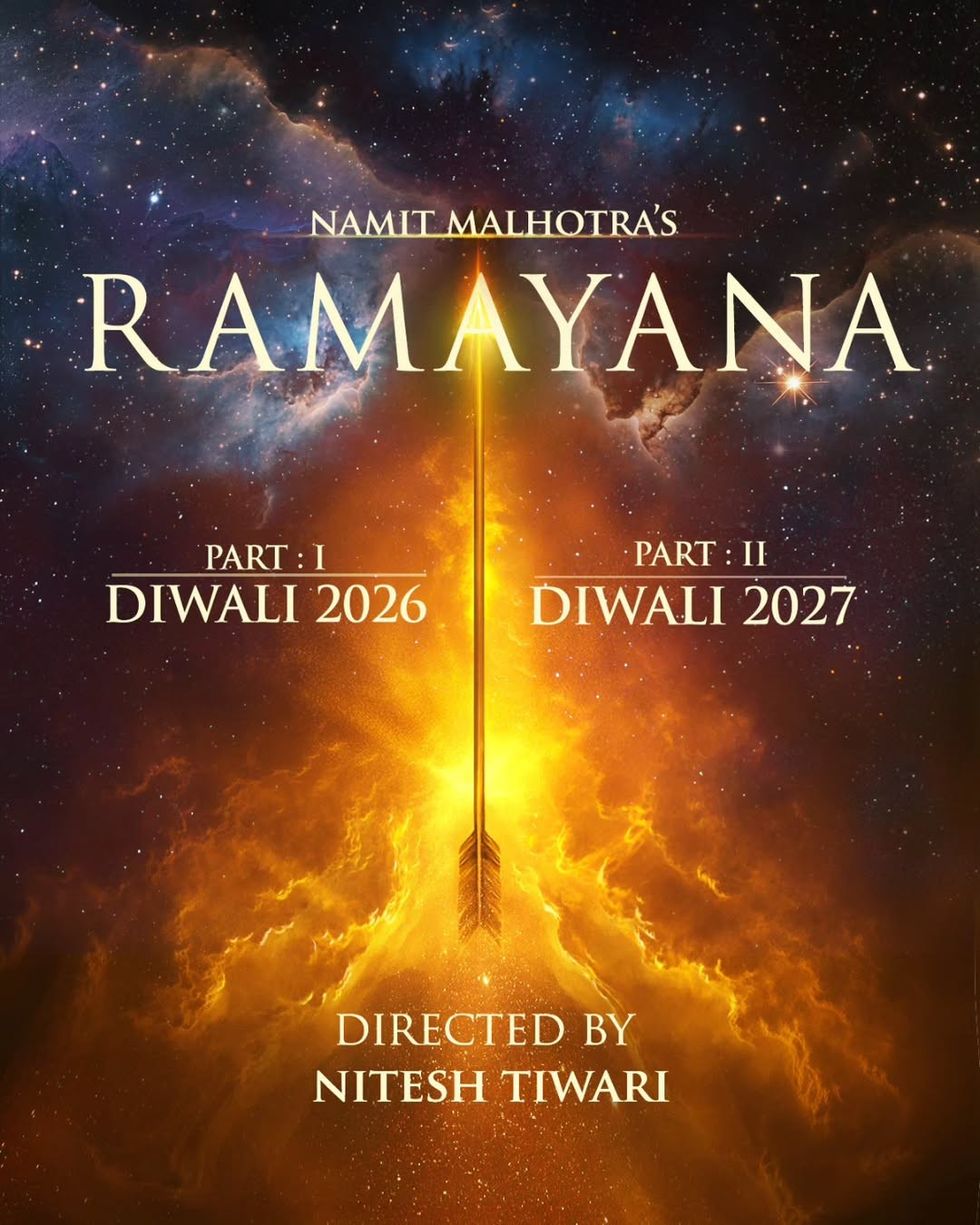 Fans await Ramayana teaser as early reviews spark buzz online Instagram/iamnamitmalhotra
Fans await Ramayana teaser as early reviews spark buzz online Instagram/iamnamitmalhotra 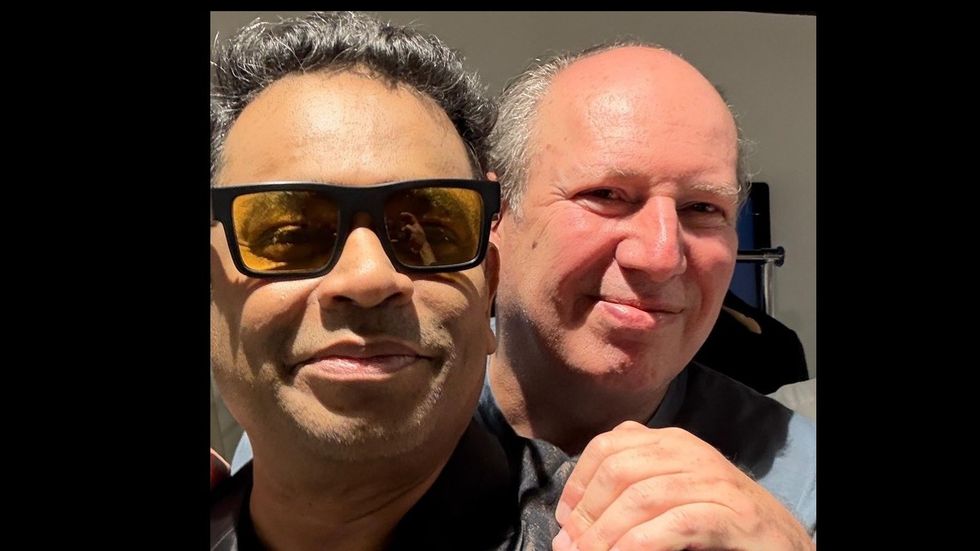 AR Rahman and Hans Zimmer smile together in viral selfie Instagram/arrahman
AR Rahman and Hans Zimmer smile together in viral selfie Instagram/arrahman